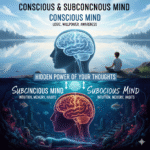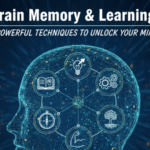How and why do humans think and act in the ways that we do? To answer this question, Dr Paul Badcock and his colleagues have recently proposed a theory of the human brain that combines evidence from evolutionary and developmental psychology, neuroscience, and biology. This theory posits that the human brain is a complex adaptive system, composed of relatively specialised and domain-general structures that work in tandem to generate adaptive responses to the environment. Arguably, their Hierarchically Mechanistic Mind (HMM) model brings us closer to a comprehensive understanding of the brain.
The desire to understand the greatest enigma of all – our own minds – has been the driving force behind many scientific endeavours, leading to the development of theories and experiments aimed at explaining the mechanics of being human. Human thoughts, feelings, and behaviours are rooted in the brain, where a complex network of cells receives information from the internal and external environment, transforming this information into our experience of ourselves, the world around us, and our relationships with it. It goes without saying that how this happens is still being explored.


